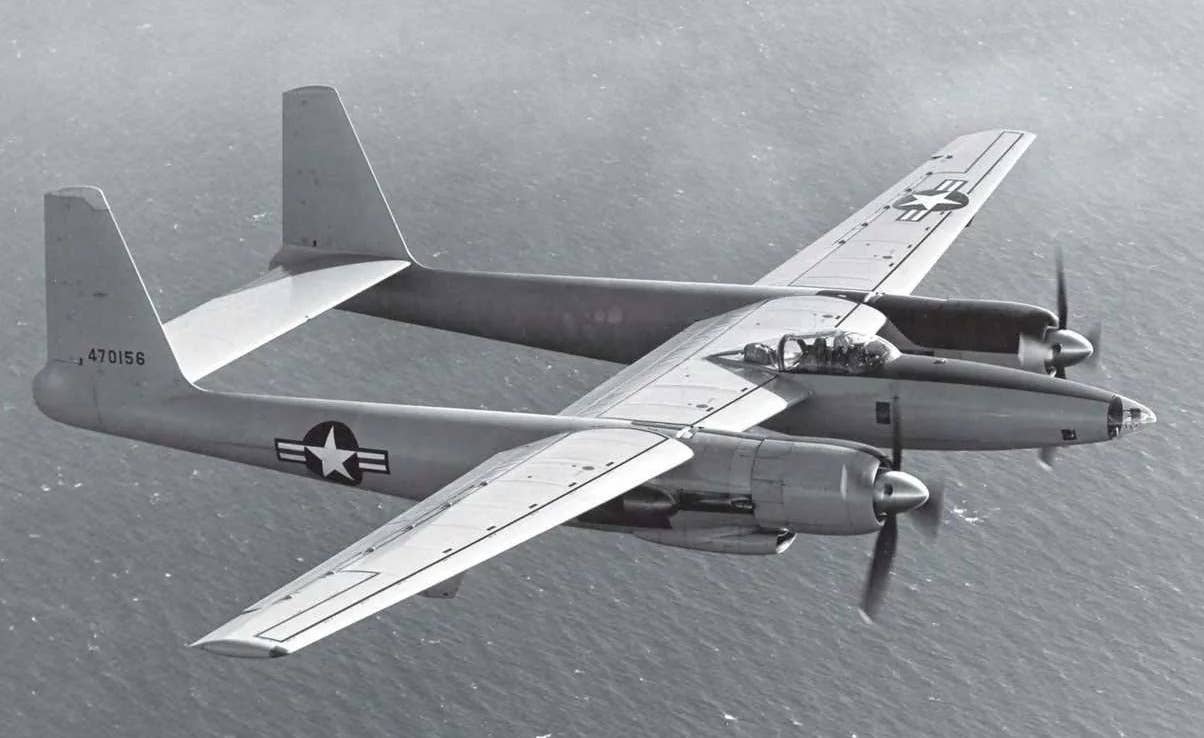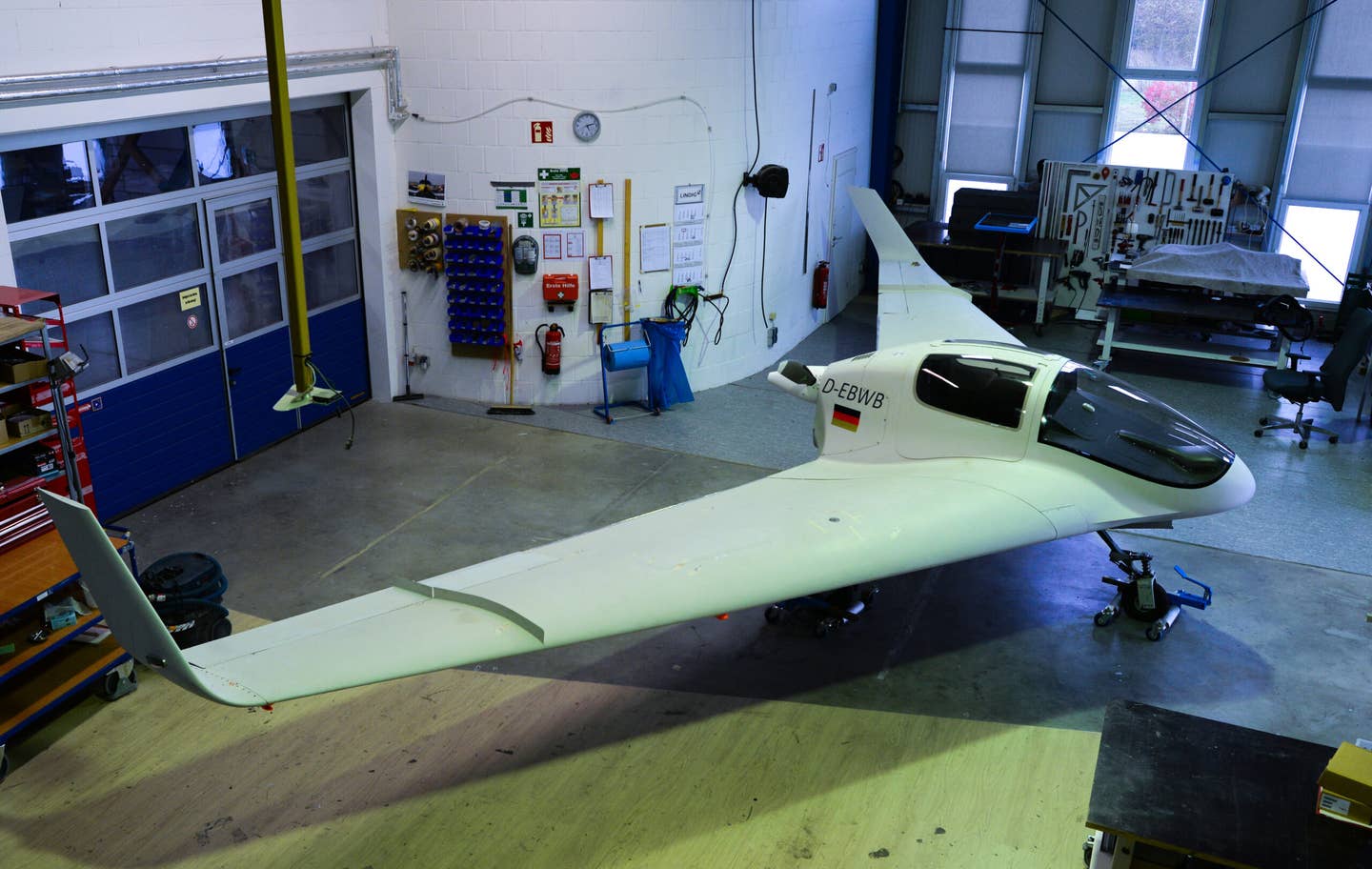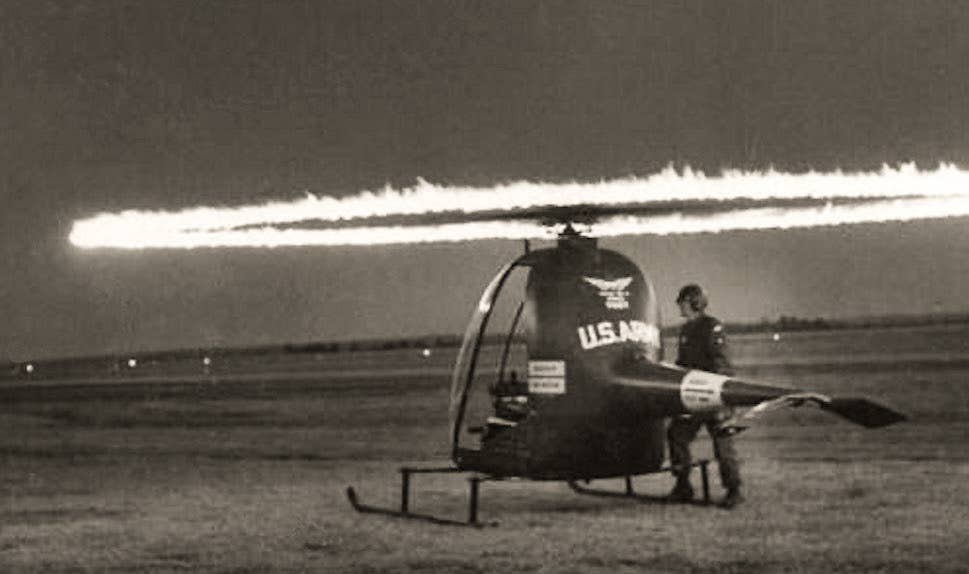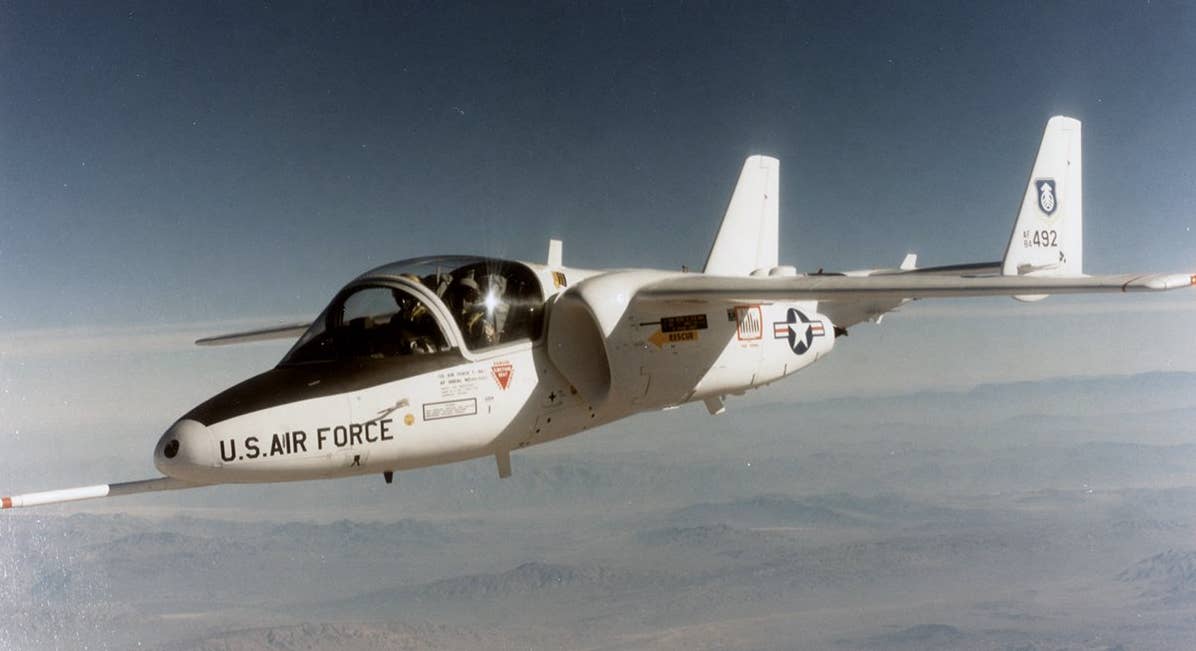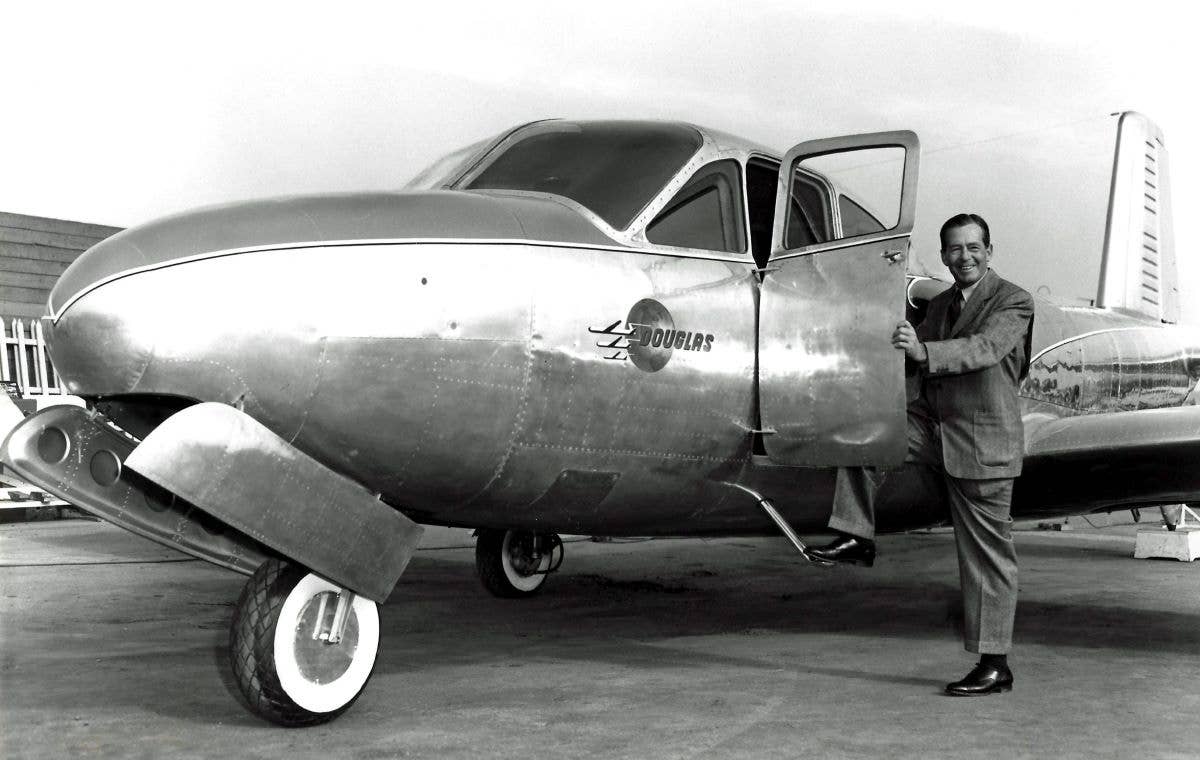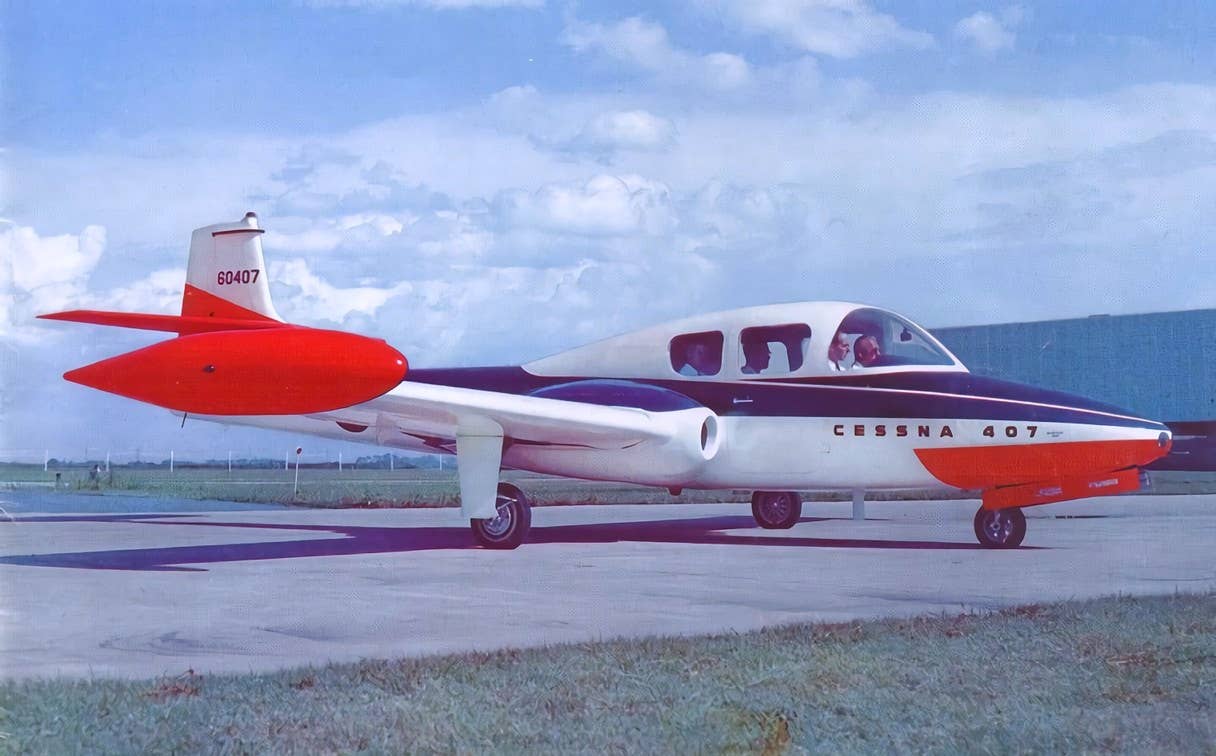When Piper Built a Warbird
The Piper PA-48 Enforcer was the meanest turboprop the company ever built.
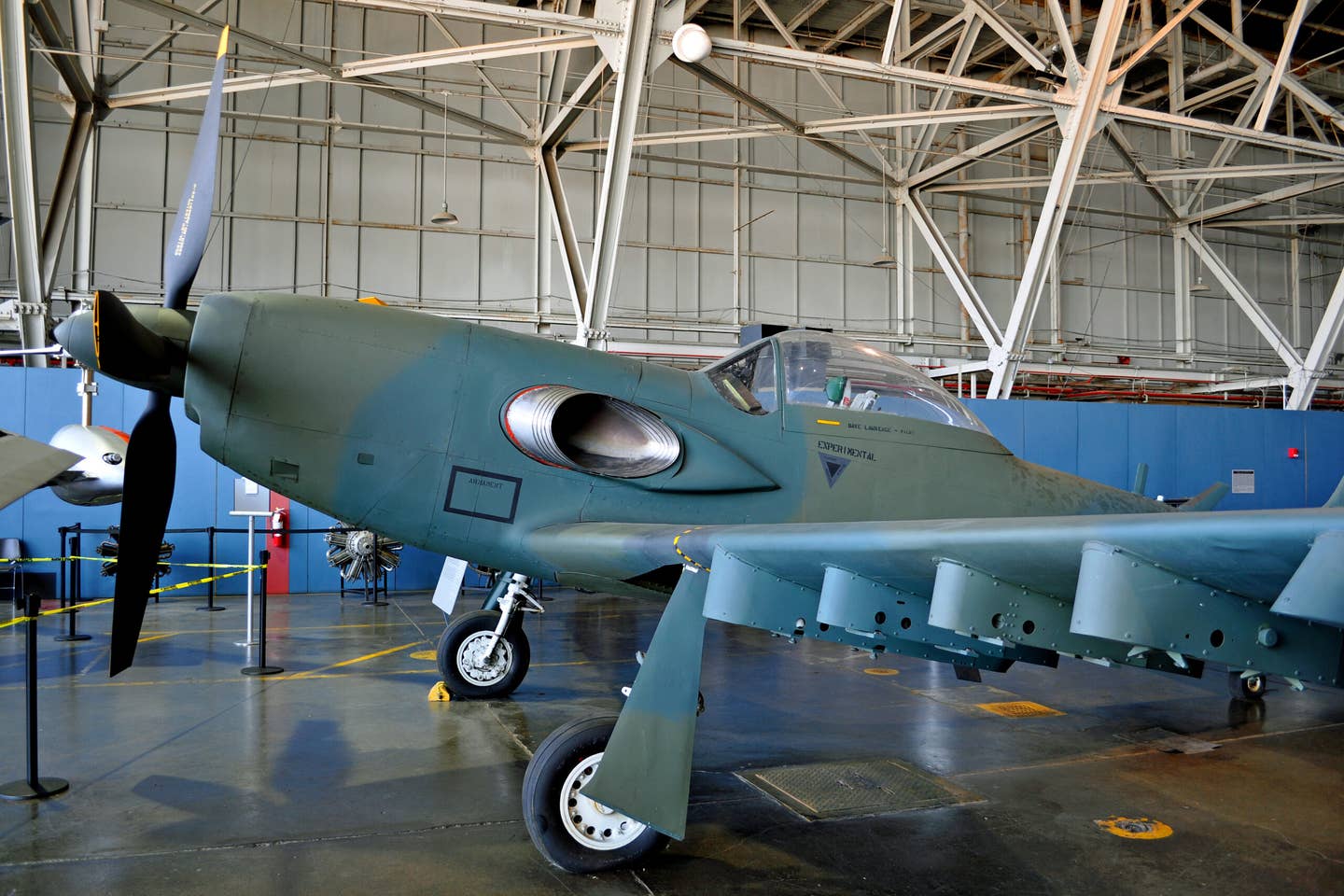
Resembling a P-51 Mustang but reengineered with a 2,445 shp turboprop, a new airframe, and new systems, the PA-48 Enforcer was the meanest Piper ever built. [Photo: Jason McDowell]
Over the years, many aircraft types have evolved into far more capable machines by having their existing piston engines replaced with turboprop powerplants. The Piper Malibu, for example, gained better performance and reliability when the turboprop variant was introduced as the Meridian—now the M600. Similarly, the Beechcraft Queen Air, deHavilland Beaver, and Douglas DC-3 all saw corresponding performance gains as turbine-powered derivatives.
Decidedly less common is the initiative to reimagine a World War II-era fighter as a modernized, turboprop attack aircraft and market it to the government. This, however, is precisely what happened in the form of the Piper PA-48 Enforcer. First flown in 1971, a total of four prototypes were built and demonstrated until their retirement in 1984.
The concept of modifying and remanufacturing P-51s began in the 1950s. At that time, the National Guard retired the last of the active duty examples, making them available for purchase on the open market at bargain prices. A company called Trans Florida Aviation saw a business opportunity.
Their strategy targeted two potential customers. First, they’d offer civilian versions with the military equipment stripped out and replaced with additional fuel tanks and luxurious interiors. Second, they would modify existing military Mustangs with new avionics and weapons systems, optimizing them for ground attack, close air support, and counter-insurgency missions.
These Mustangs were renamed the Cavalier Mustangs, and a total of 19 were produced for a variety of civilian and military customers. In the late 1960s, the owner of the company became interested in a turboprop variant and fitted a military Cavalier Mustang with a 1,630 shp Rolls-Royce Dart 510. No sales resulted, however, and ultimately, only one entity could be convinced of the airplane’s potential.
That entity was none other than Piper Aircraft, which purchased the rights to the turboprop Mustang and continued to develop the concept. Beginning with two existing Cavalier Mustangs, they installed massive, 2,445 shp Lycoming YT-55-L-9 turboprop engines. While the addition of nearly 1,000 horsepower surely increased the airplane’s capability, commonality was presumably also touted to the U.S. military; this was the same engine found in the CH-47 Chinook helicopter.
Piper went on to construct two clean-sheet versions of the aircraft, and named all four examples the PA-48 Enforcer. Each was fitted with a modified Douglas Skyraider propeller and each airframe was enlarged, as were the wings and tails. To ease maneuvering at high speeds and low altitudes, the ailerons were equipped with a boost system from a Lockheed T-33 jet, and the rudder was equipped with a yaw damper. Despite being visually similar to the original P-51, the modified aircraft were said to have less than 10 percent parts commonality with the old fighter.
With six underwing hardpoints capable of carrying nearly three tons of armament, the recipe seemed perfect for the ground attack and counter insurgency roles. Unfortunately, even after successfully performing test flights and demonstrations in the early 1980s, the military did not agree. Both PA-48s were ultimately retired and placed on display in museums.
N482PE has been restored and is on display at the Air Force Flight Test Museum at Edwards Air Force Base in California. For many years, N481PE was on display at the National Museum of the U.S. Air Force in Dayton, Ohio. More recently, however, it has been transferred to the Pima Air & Space Museum, where it sits outdoors in the Arizona sun.

Subscribe to Our Newsletter
Get the latest FLYING stories delivered directly to your inbox

